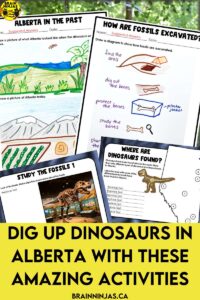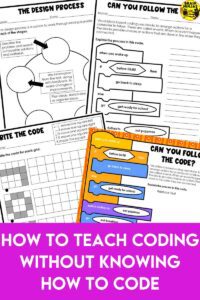
The scientific method has been around for thousands of years and if you went to school, you learned about it, too. The method helps keep experiments and investigations fair so they can be repeated and results can be verified. All scientists use this method which helps verify results.
When you are teaching science, it is important that students understand the method-even if they cannot remember all the names of the steps. It more important that students get to work hands-on and focus on curiosity than following and writing out a set of steps.
Come learn how we teach students about the scientific method in our science class.
[Read more…] about How to Teach the Scientific Method in Your Elementary Classroom









